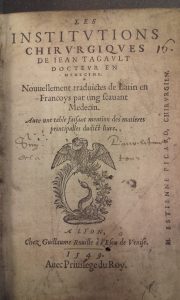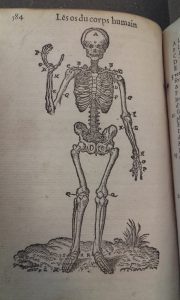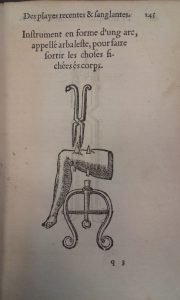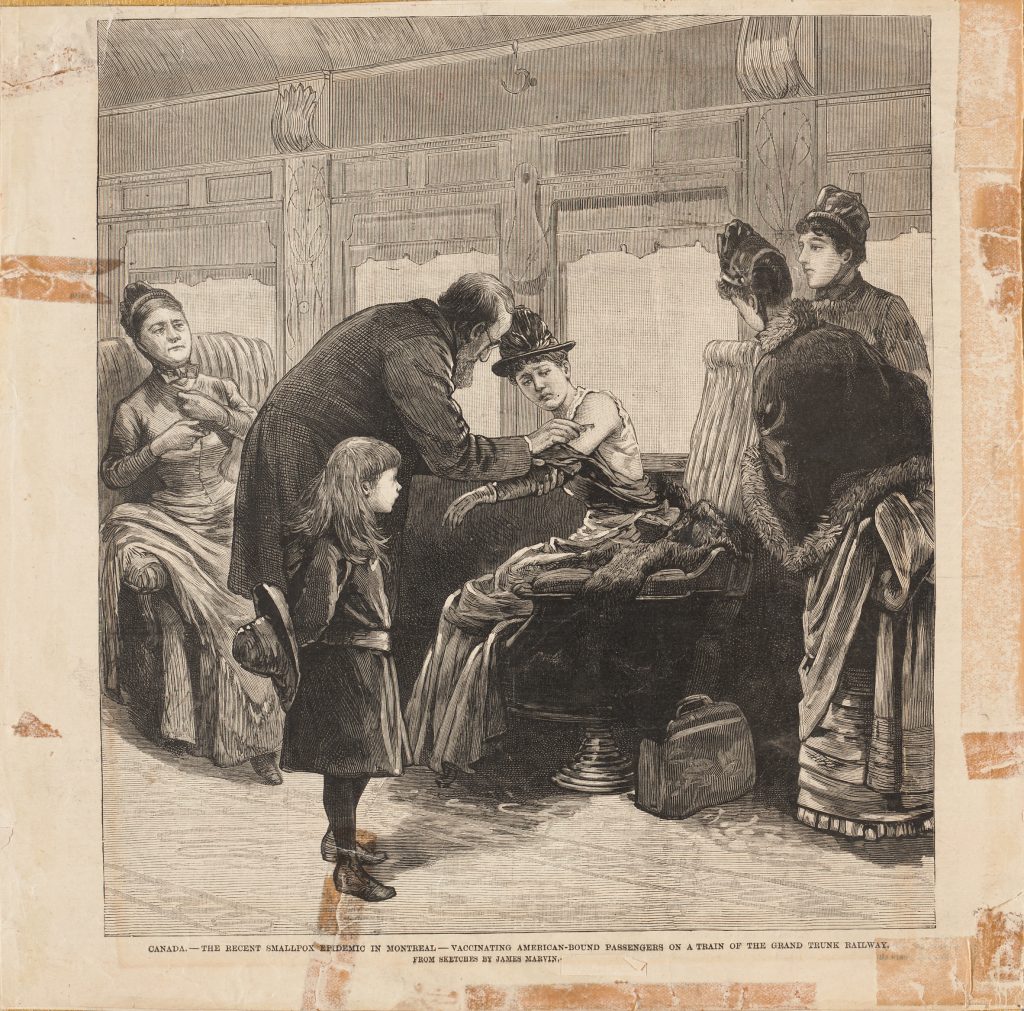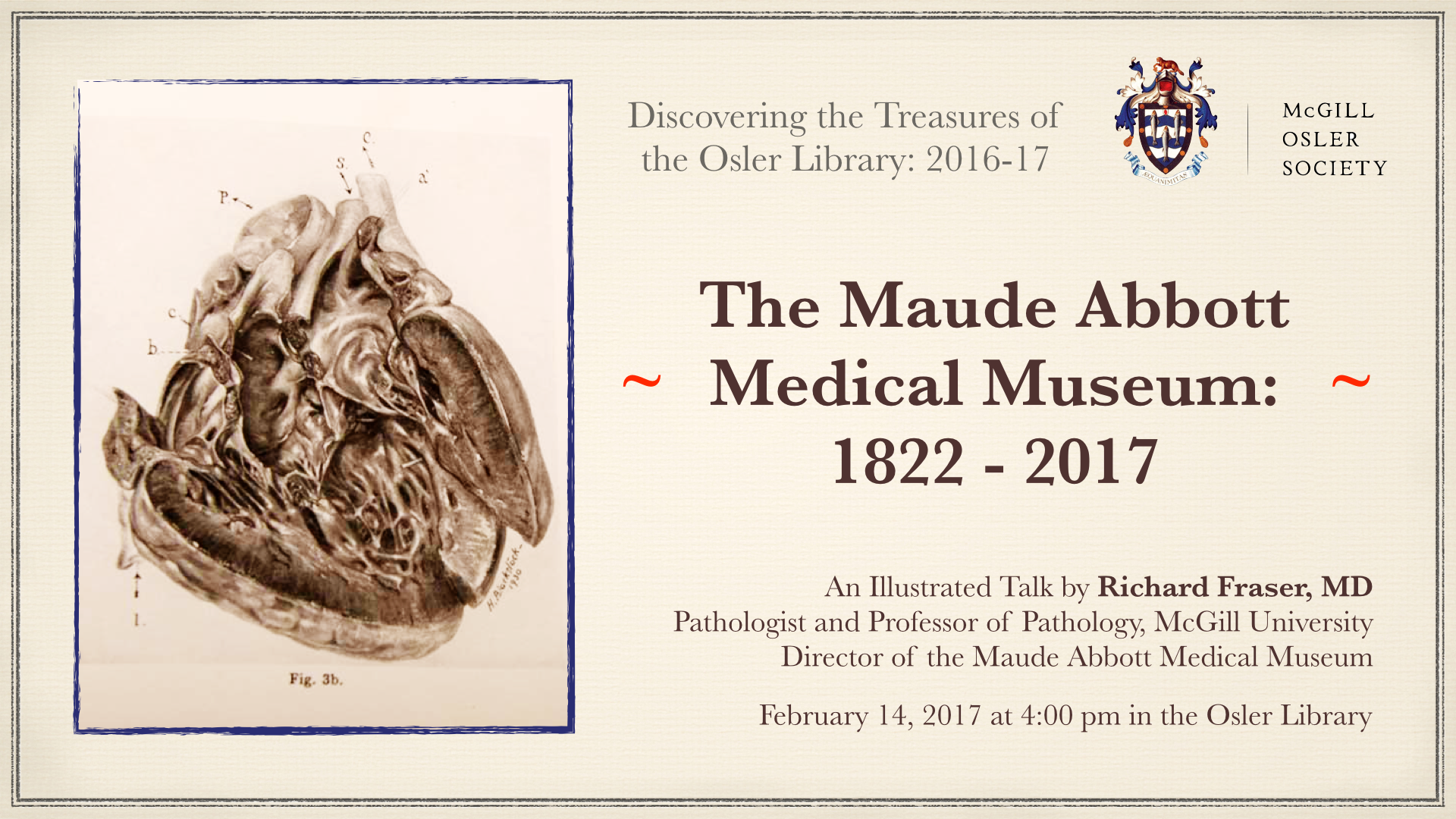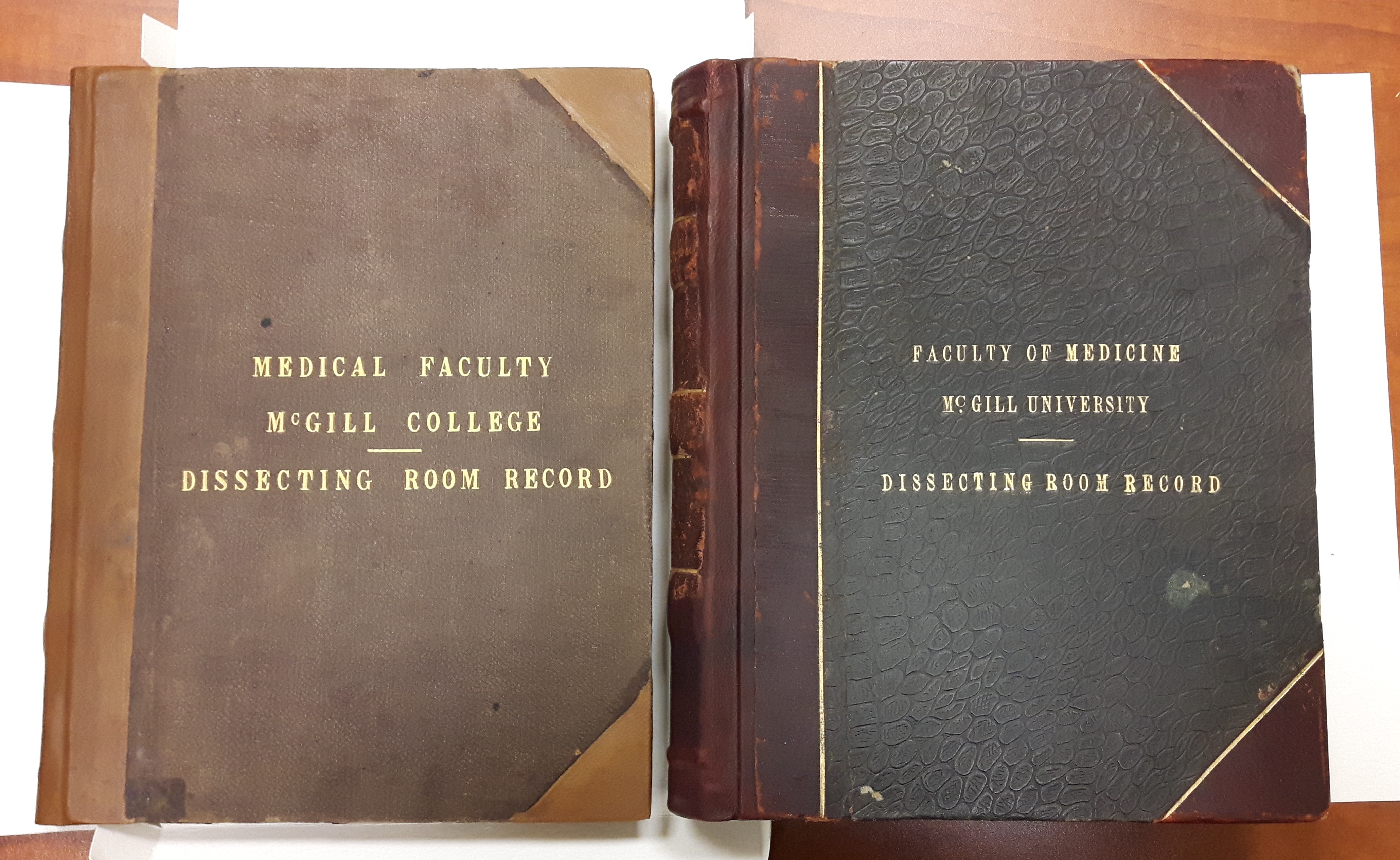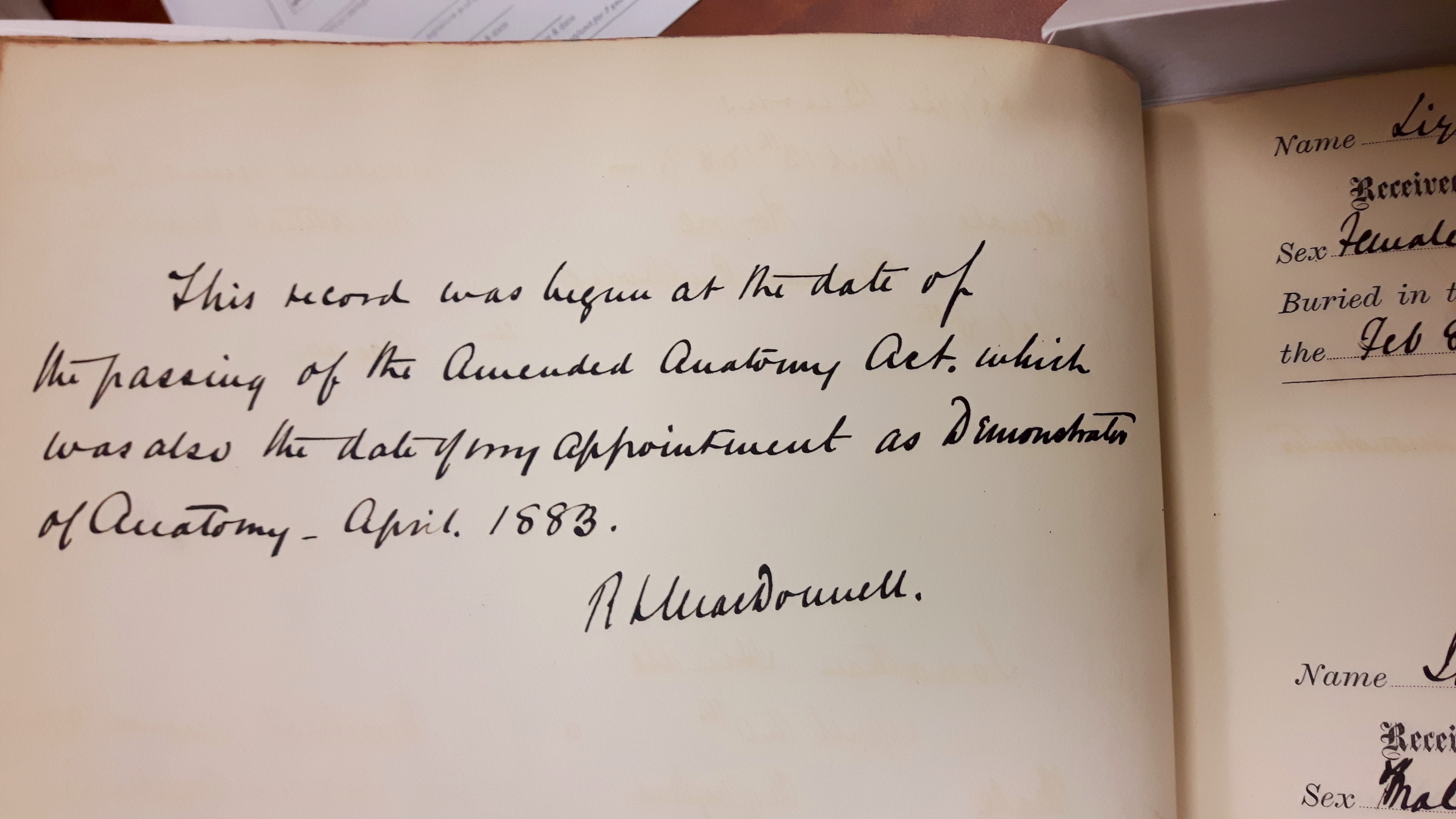Au 16e siècle, Lyon est un des principaux centres d’imprimerie d’Europe, et un vivier important de l’édition médicale. C’est d’ailleurs dans cette ville que Le Guydon de la practique en cyrurgie de Guy de Chauliac est imprimé pour la première fois en français en 1478 par Barthélemy Buyer.
Parmi les grands imprimeurs lyonnais de la Renaissance, on trouve Guillaume Rouillé (1518-1589). Né à Dolus, près de Loches, il fait son apprentissage à Venise chez les Giolito de Ferrari, puis s’établit à Lyon en tant qu’imprimeur, à l’enseigne «A l’écu de Venise».
La bibliothèque Osler possède plusieurs ouvrages imprimés par Guillaume Rouillé, dont les Institutions chirurgiques de Jean Tagault (Osler room – T125cF 1549). Il s’agit d’une traduction en français, d’un ouvrage écrit en latin par le médecin Jean Tagault, et complété par un traité sur la « matière chirurgique » de Jacques Houllier, élève de Tagault.
C’est un manuel pratique de chirurgie, à l’intention notamment des étudiants chirurgiens. De petit format, l’ouvrage pouvait être aisément transporté et
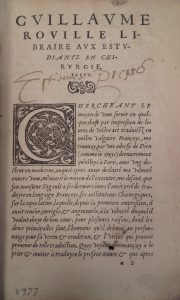
Adresse de Guillaume Rouillé aux étudiants en chirurgie, avec signature manuscrite d’Estienne Picard.
annoté. Il a d’ailleurs appartenu à un certain Estienne Picard, chirurgien, comme semblent l’indiquer plusieurs signatures manuscrites.
L’ouvrage, de 1549, est en langue vernaculaire. Jusqu’ici essentiellement en latin, l’édition médicale se vulgarise et commence à être écrite en langue vernaculaire à partir des années 1530 en France. L’ordonnance de Villers-Cotterêts promulguée en 1539 par le roi François Ier contribue à la diffusion et au développement du français, même si le latin reste la langue du savoir jusqu’au 18e siècle. Ce passage du latin au français ne se fait pas sans difficulté, car il faut trouver des équivalents français pour désigner des termes scientifiques. Ceci explique la présence d’une « exposition de quelques lieux difficiles » au début du livre, qui donne des explications sur certains points jugés compliqués.
Le livre contient quelques illustrations, dont plusieurs vues du squelette humain, des exemples de blessures auxquelles peut être confronté un chirurgien, et des outils nécessaires pour les soigner.
Si le sujet vous intéresse, n’hésitez pas à venir voir nos collections : la bibliothèque Olser et le département des « Rare Books and Special Collections » de la bibliothèque McLennan possèdent plusieurs exemplaires de livres du 16e siècle imprimés à Lyon. Par ailleurs, si vous êtes de passage à Lyon, pensez à visiter le musée de l’imprimerie qui retrace toute l’histoire de l’imprimerie lyonnaise.
Bibliographie:
Berriot-Salvadore E., « La littérature médicale en français de 1500 à 1600 », Bibliothèque numérique Medic@, BIU Santé Paris, novembre 2010, disponible en ligne.
Claudin A., Histoire de l’imprimerie en France au XVe et au XVIe siècle, volume 3, Paris, Imprimerie Nationale, 1904, disponible en ligne.
Mecking V., « La terminologie médicale du XVIe siècle entre tradition et innovation », La revue de l’Institut Catholique de Lyon, 2014, 24, 9, disponible en ligne.
Université de Picardie Jules Verne, « Humanisme et médecine, un exemple de diffusion des savoirs à travers les siècles : la bibliothèque d’Emile et Lucien Bax », [exposition virtuelle], 2010, disponible en ligne.


